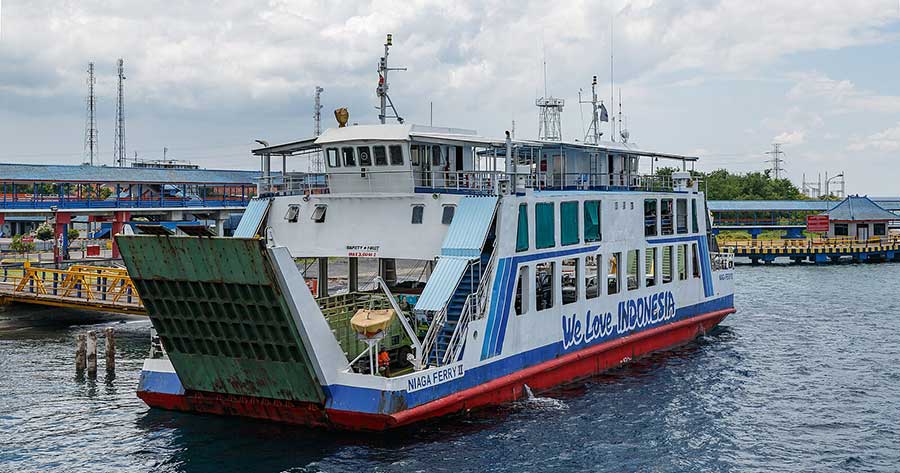February saw the launch of the report Safety of Domestic Ferries – A Scoping Study of 7 Countries, based on research conducted by World Maritime University representatives including Anish Hebbar, Serdar Yildiz, Nadhir Kahlouche and Jens-Uwe Schröder-Hinrichs. The team’s research was funded by the Lloyd’s Register Foundation and supported by Interferry, the Worldwide Ferry Safety Association and Arcsilea Ltd, among others.
The scoping study focused in particular on seven countries deemed “high-risk”: Indonesia, the Philippines and Bangladesh, and the African nations of Nigeria, Senegal, Tanzania and the Democratic Republic of the Congo (DRC) – all of which depend on ferry transport. “Even a single accident can, at times, cause fatalities in the order of hundreds of lives besides property loss,” the study states. “It is no coincidence that ferry transportation is an integral part of the domestic transport infrastructure in many countries, particularly archipelagic countries such as Indonesia and the Philippines, river deltaic countries like Bangladesh, countries with extensive riverine systems such as the DRC and Nigeria, or even a combination of great lakes, rivers and archipelago, such as Tanzania.
“Incidentally, these are the very countries experiencing a high number of accidents and fatalities over the past two decades and, therefore, considered high-risk countries in the ferry transport sector.”
Developing countries remain hotspots for fatal ferry accidents. “Generally, within and between OECD countries, the domestic passenger ferry sector maintains a high safety level with less than one fatality per 100 million passengers annually,” the study notes. “However, a safety record of around 1,000 deaths annually is the norm among emerging economies. Between 2010-2019, 99.5% of all known ferry fatalities worldwide occurred on domestic voyages in non-OECD countries.”
The WMU team analysed various factors for each country. Just a few of these factors included: past domestic ferry accidents (assisted by access to records in the Arcsilea database); current hazards threatening the safety of domestic ferries; industry demographics; the political landscape, and the state’s willingness to facilitate/accept a safety intervention; and public attitudes toward ferry safety – the latter obtained through questionnaires and one-to-one interviews.
“Among the countries studied, capsize followed by sinking is the most frequently observed accident type,” the WMU team found. Capsizals typically lead to “total loss of the vessel, with an overly optimistic assumption that all passengers and crew were rescued after the occurrence”, the team writes. Unsurprisingly, common causes include passenger and cargo overloading, as well as cargo displacement, loss of stability and the use of unseaworthy ferries (either through bad vessel design or poor maintenance) – as well as a dangerous combination of loss of vessel power and treacherous weather conditions.
(For the full, in-depth article, see Ship & Boat International March/April 2023)






